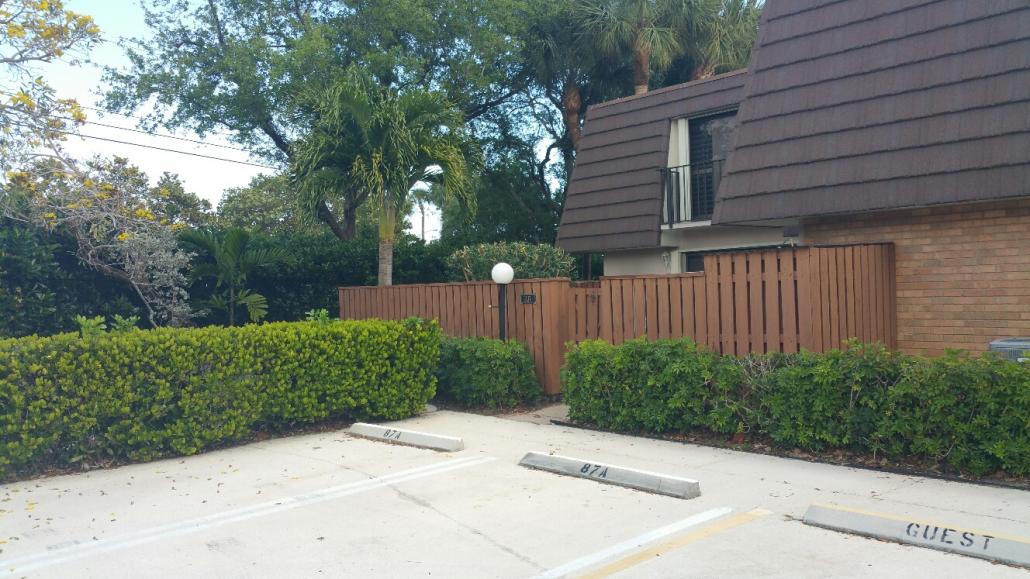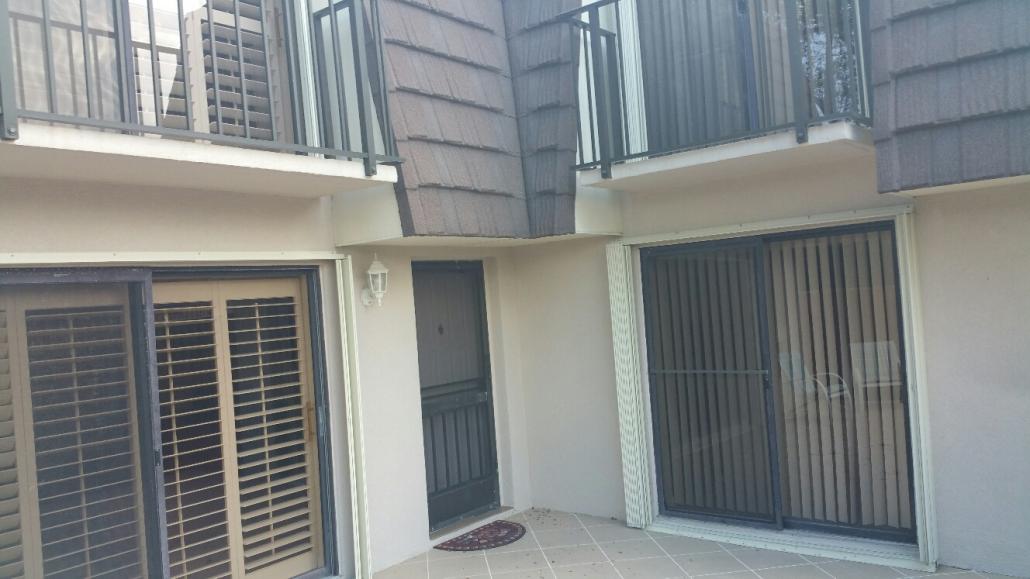I went to preview the town house at 190 Quarry Knoll Way in the Greenwich development of Abacoa in Jupiter today. This is a nice end unit model WITH AN EASTERN EXPOSURE BALCONY with a guest bedroom and full bath on the first floor. The unit faces east so great morning sun and across the street is the ‘commons’ a/k/a big grassy area. Because it’s an end unit the eating nook off the kitchen has extra windows as does the foyer at the top of the stairs at the third level. The unit still has the builder grade cabinets and fixtures and they are certainly in need of changing out. The second floor living area has a 1/2 bath and the third floor has 2 bedroom with en suite baths. The master bathroom and closet is very good sized. Over all…you can change everything about a property you don’t like except the location and I like the end unit and east facing balcony. The only negative I saw, besides the need for updates, is that the upper story windows use hurricane panels, and steel ones at that.





